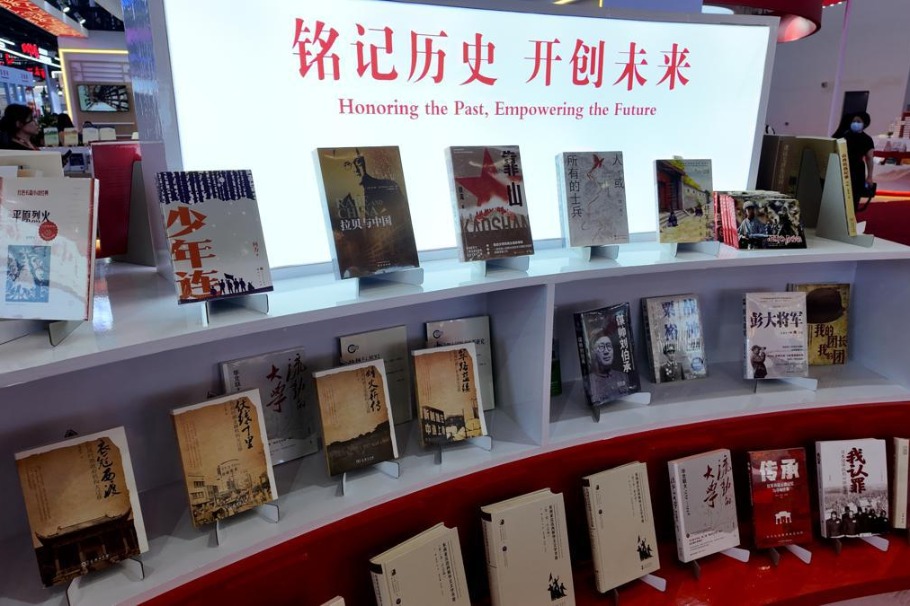On a mission to restore old Hakka houses
Master craftsman fights to protect cultural legacy in southern Jiangxi


Zhong explained that the repair materials include a mixture of lime, clay and sand, blended with unconventional ingredients such as brown sugar, egg whites and sticky rice.
After fermenting for 15 days, the mixture is combined with cobblestones and tung oil, then compacted into thick, durable walls. These walls used to provide protection against invaders and also served as living spaces.
This architectural style was added to China's tentative list of UNESCO World Heritage Sites by the National Cultural Heritage Administration in 2012.
The construction of Hakka enclosed houses in southern Jiangxi involves a variety of building techniques, making it highly complex.
"There used to be very few people who understood this," Zhong said.
In the 1980s, when Longnan faced a shortage of local craftsmen and embarked on emergency repairs of the enclosed houses, restoration work encountered significant challenges.
Growing up in a village in Longnan, Zhong developed a fascination for carpentry craftsmanship from a young age. At 16, he began learning traditional woodworking skills and later took on the maintenance of ancestral halls after completing his apprenticeship.
Since then, he has formed an inseparable bond with the restoration and protection of enclosed houses, dedicating over 50 years to their preservation.
To enhance preservation techniques, Zhong traveled to Jiangsu and Fujian provinces to study. He consulted experts and scholars, interviewed former residents and meticulously verified information, accumulating valuable experience in the protection of enclosed houses. "Each Hakka enclosed house bears a specific historical and cultural imprint," Zhong said.
"These houses must be restored to their original state, adhering strictly to ancient methods in terms of dimensions, formulas and materials. This is the essence of the Hakka enclosed house construction technique."




































